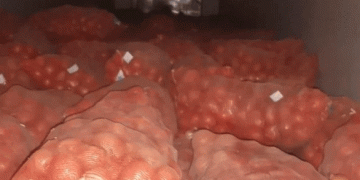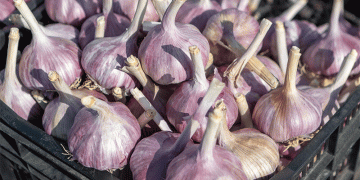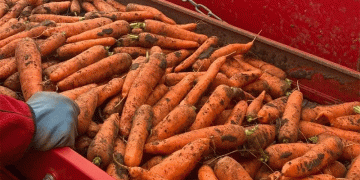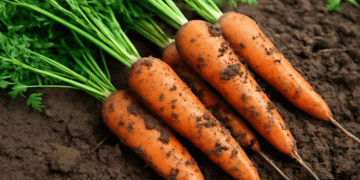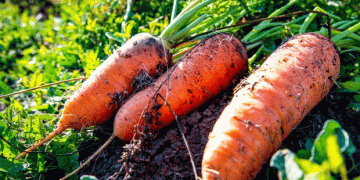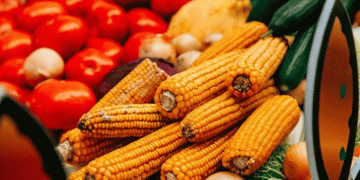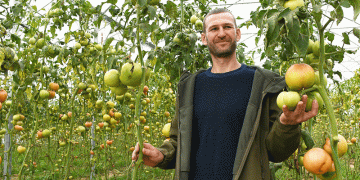Singapore is four times smaller than Moscow (its area covers only 730 km2). Farmland occupies less than 1% of the land, and the share of the agricultural sector in GDP is a meager 0.03%. Water supplies are also limited here. To feed its 6 million inhabitants, the country imports more than 90% of food.
About eight years ago, the Singapore authorities were puzzled by the question: how to reduce the country’s food dependence on exports? Climate change contributes to droughts and floods by disrupting supply chains. The pandemic and political instability in the world have only increased concern. Today we are talking about what the Singaporeans came up with in the end and why they succeed.
But first – a little help.
In Singapore, not everything has always been bad with agriculture. In the 1960s, 10% of residents worked in agriculture, and farms occupied 25% of the territory. Local farmers provided 60% of the country with vegetables, 90% with meat, 100% with eggs. At some point, Singapore even began exporting pork itself.
But in 1959, Prime Minister Lee Kuan Yew came to power. Thanks to him, a poor, backward country has turned into a prosperous state with one of the highest GDP per capita. Singapore has embarked on a large-scale industrialization.
Rivers have turned into reservoirs, farm fields into industrial zones or residential areas. In 1984, the country stopped producing pork. The area of farmland has rapidly decreased from 25% in the 1960s to 10% in the 1970s.
Today, agriculture in Singapore is practically not developed, about 1% of the land is cultivated on an already small area of the country.

Singapore’s New Plan
At the beginning of 2019, Singapore set itself an ambitious goal: to produce 30% of all necessary food independently by 2030. The program was called “30 to 30”. For comparison: today Singapore produces 8% of the vegetables consumed by its residents and 8% of meat.
In 2021, the country’s authorities said that in order to fulfill the plan, two things need to be done: optimize the space for the needs of farmers and finance the development of technological solutions. Let’s tell you more about these methods.
Do we park farms on roofs, or where do Singaporeans find places for farming?
With so little land, Singaporeans are really forced to be creative. In order to supplement the domestic market with food, the country’s government has also targeted one of the “monuments” of Singapore’s urbanization – multi-storey car parks, the roofs of which are now being turned into “vertical farms”. In 2021, the Singapore Food Agency announced tenders for the development of parking spaces, with preference given to vertical farms using the Internet of Things and automated climate control. Parking lots in Singapore are large, so an average rooftop farm can produce up to 500 kg of greenery per day.
Who does Singapore give money to?
In 2020, Singapore introduced a $30 million “30×30 express” grant system. The state finances up to 85% of the cost of projects of high-performance farm systems that can be designed and put into operation in a period of 6 to 24 months. For example, in 2021, the money was given by Kalera, which is building one of the world’s largest vertical farms in Singapore: more than 15 meters high and capable of producing more than 500 tons of vegetables per year. The Fund for the Transformation of the Agro-food Cluster until 2025 provides grants totaling $60 million.
Temasek state-owned company is a key investor in agricultural technology. It ranks fifth in terms of venture capital in the AgTech segment. For example, the investment firm gave money to the manufacturer of vertical farms Bowery Farming (participant of the investment round for $ 300 million), the manufacturer of “smart” equipment for irrigation systems Rivulis Irrigation (purchase of 85% of shares in the amount of $ 365 million), the producer of alternative milk Perfect Day (participant of the investment round for $ 350 million). Temasek’s investments in agrotech have quadrupled since 2015.
Singapore accelerators are also not far behind. Singapore’s GROW Accelerator was included in the rating of the eight largest accelerators of Active Accelerator Funds. This is a 12-week training program that includes financial support of up to $120,000.
In 2007, a joint venture of the Alliance of the Massachusetts Institute of Technology (MIT) and the National Research Foundation of Singapore called SMART (The Singapore-MIT Alliance for Research and Technology) was launched. For MIT, SMART is the only research center outside the United States and the largest international program. Scientific activities are fully paid for by the Government of Singapore.
In December 2020, Singapore became the first country in the world to allow the sale of lab-grown meat. Chicken “from a test tube” from the Eat Just company began to be sold to consumers. One of the investors of Eat Just is Temasek.
Singapore is a unique testing ground for agrotech solutions. The rest of the world can follow the results of the national experiment and draw conclusions, trying on the agrotech perspective for themselves.
A source: https://vc.ru















